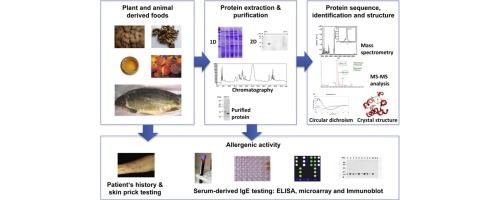蛋白质组学及其在食物过敏诊断中的作用
Q4 Biochemistry, Genetics and Molecular Biology
引用次数: 15
摘要
食物过敏是一个相关的健康问题,症状从轻微到严重危及生命的反应不等。借助最新的蛋白质组学技术,可以从单个食物来源中鉴定出致病性食物过敏原。简要介绍了蛋白质组学在评价食物过敏原理化性质方面的应用。本文章由计算机程序翻译,如有差异,请以英文原文为准。

Proteomics and its impact on food allergy diagnosis
Food allergies are a relevant health problem and symptoms range from mild to severe life-threatening reactions. With the help of up to date proteomics the causative food allergens can be identified from individual food sources. A short overview on the application of proteomics to assess the physicochemical properties of food allergens is presented.
求助全文
通过发布文献求助,成功后即可免费获取论文全文。
去求助
来源期刊

EuPA Open Proteomics
Biochemistry, Genetics and Molecular Biology-Biochemistry
自引率
0.00%
发文量
0
审稿时长
103 days
 求助内容:
求助内容: 应助结果提醒方式:
应助结果提醒方式:


